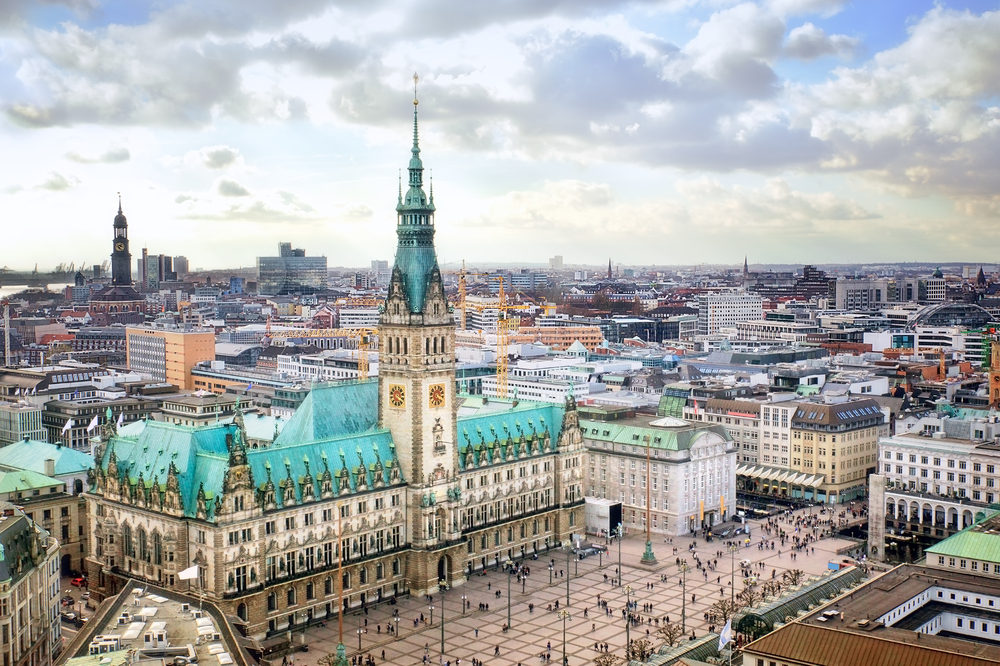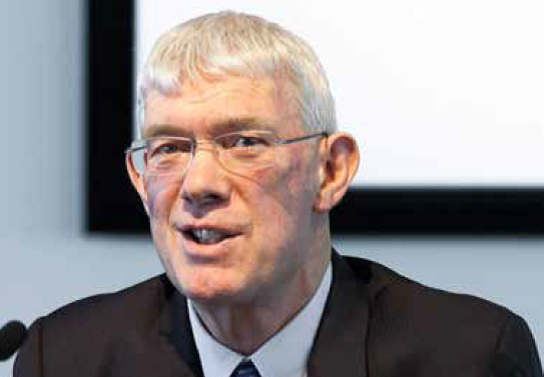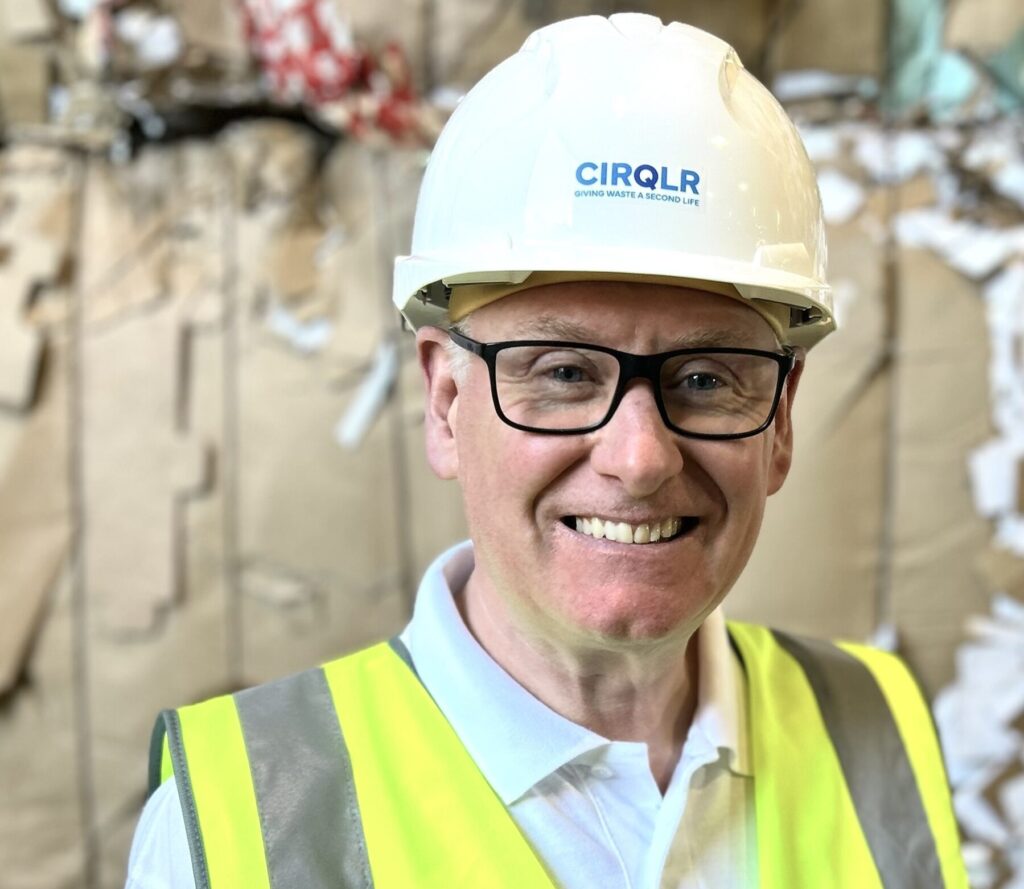For its spring 2017 meeting the International Solid Waste Association’s Working Group on Governance and Legal Issues met in Hamburg. Dr-Ing Heinz-Gerd Aschhoff from the City’s waste management company, Statreinigung Hamburg informed the group about the company’s new Centre for Resources and Energy. The CRE is being established with its initial planning having started in 2011 but it will not be fully operational until 2023. It replaces an old incineration plant with a complex of facilities designed to maximise the resource utility of a wide range of biogenic wastes.

Stadtreinigung Hamburg (SRH) is the company which provides all the municipal waste management services of the German Federal State of Hamburg. The State covers an area of 755km2 serving 1.8 million people in 930,000 households. SRH has 2,700 employees and 700 vehicles and 29 operational sites. In addition to the 1 million tonnes per annum (tpa) of waste it manages from Hamburg SRH also provides some waste management services for neighbouring municipalities.
During 2011-13 SRH evaluated how it was currently managing Hamburg’s waste and what it should be doing to further enhance the resource potential of Hamburg’s municipal waste. Based on this information the company decided it was not maximising the resource recovery potential of all the waste materials. SRH were guided in their future planning by the increasingly exacting requirements being set by both Federal German legislation and the environmental policy framework emerging from the EU, especially the circular economy policy.
As part of the review the future use of the old energy from waste (EfW) facility at Stellinger Moor was assessed. This cramped 1130m2 site housed an incinerator plant which had been progressively upgraded to meet ever increasing pollution standards but was to be decommissioned in the near future.
Re-use
Of the original plant the only element to be re-utilised on site will be the waste bunkers, now 45 years old and still in good condition but obviously in need to some remediation. It is hoped that much of the equipment within the plant can be re-utilised overseas on a new site.
Already on the site working within the footprint of the old incineration facility is Biowerk, an anaerobic digestion (AD) plant processing food from restaurants and food processing and manufacturing sites. A gas engine of 800kW capacity provides power to the local grid and the excess heat from the plant utilised for showers and other on-site demands. The gas engine will be used until 2022-23 and then the gas will be directed to a new biogas treatment plant for upgrading and feeding into the district gas grid or continue to be within the new combined biomass heat and power plant.
For the future use of the site SRH decided to concentrate on the residual waste and biogenic wastes currently managed sub-optimally in . Therefore the plan included a range recovery opportunities, including:
- a sorting facility for onward processing for biological treatment and energy recovery and some recycling, albeit a minor element
- An AD plant for the sorted organic fraction from the sorting plant
- A bio-waste plant for purer organic materials
- An in vessel composting facility
- A bio-mass heat and power plant for a wide range of materials and processed waste.
The company proposals for the future were endorsed by the city’s planners and the politicians that it should be replaced by new biological waste treatment and energy recovery plants. Most of the old plant has already been demolished with the process due to be completed by the end of 2017. It will be progressively replaced by a set of new waste treatment facilities.
Infrastructure
In late 2019 there will be a sorting plant for 140,000 tpa of residual MSW which will yield 60,000 tpa of refuse derived fuel (rdf) and 80,000 tpa of biomass to be treated by AD to yield bio-gas. The digestate from the bio-waste plant will not be suitable for further composting treatment but will be thermally dried using waste heat from other facilities and then act as part of the feedstock for the combined biomass heat and power plant. Other feedstock streams for this plant will come from oversized material delivered to the composting plant and scrap wood from a variety of sources including tree waste from municipal park management operations.

Also there will be a new composting plant for processing green waste and digestate obtained from processing pure streams of bio-waste for bio-gas.
With all the additional facilities to be built there would be a total maximum potential of 68MW of heat output available for the district heating network so that the new Stellinger Moor plant will replace 20% of the heat currently supplied by a coal-fired CHP (combined heat and power) plant.
When completed these ambitious plans for the enhanced utilisation of Hamburg’s bio-waste will complement its already comprehensive collections of recyclable waste for reprocessing and a considerable suite of waste treatment facilities for composting, AD and energy recovery.








Subscribe for free